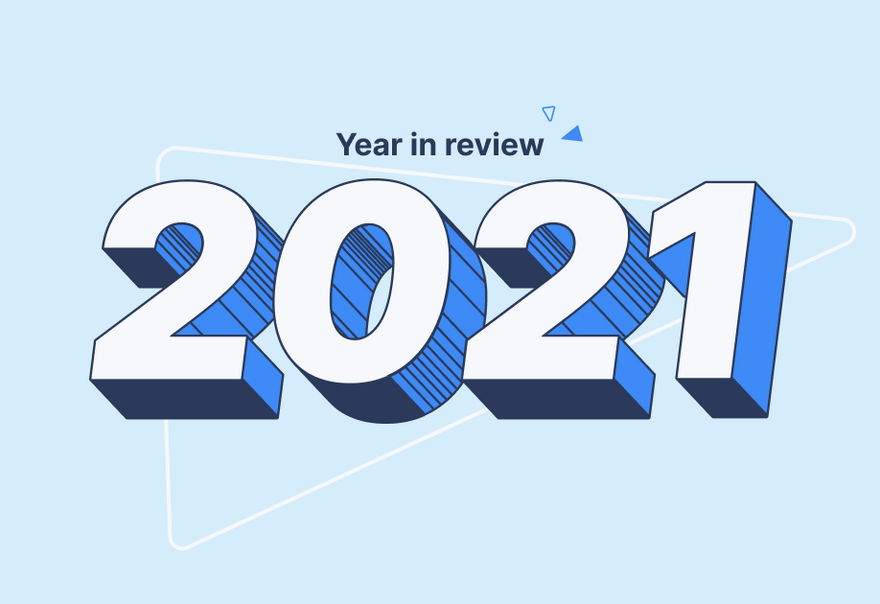Email marketing. Student databases. Learning management systems. Accounting. Document management. Enrolments registers. All of your school’s essential functions tend to operate in silos. This is great for the very few among us who love manual data entry, but not so great for maintaining data integrity and maximising your time.
The answer? Integration.
What is integration?
Integrations make your job easier by making a way for all of your existing tools to ‘talk’ to each other. This means that when you update one system, you can easily transfer that information to another system.
If you work in school marketing, administration or IT, there’s a very good chance you already use integration to make your job easier. Social media management tools, such as HootSuite, integrate with Facebook, LinkedIn, Facebook and your other channels so that you can quickly and easily push out notifications to multiple channels at once. Your financial records system likely integrates with your accounting system and your bank so that you can have up-to-date financial information at all times.
Benefits of school software integration
While it can sometimes take a little bit of work to get an integration running smoothly, there are a number of tangible benefits that schools will see once it’s done, including:
- improved website performance
- an increase in online conversions
- reduced administration time
improved school community feedback.
Getting started
To create the best possible digital ecosystem for your school, you need to ensure that each system is integrated to the others in a way that provides value to stakeholders, or improves a process in some way. Without meaningful connections, schools will end up with a set of connected digital tools.
Integrating your website
Websites are a significant part of your school’s digital ecosystem. From branding and key school information to portal links and student information, websites provide the basis for communication with both prospective and existing families of the school.
Websites are also the basis for other digital integrations, including mobile apps, enrolment systems, school portals, calendars and learning management systems. This makes it a great place to start with integration.
Integrating your enrolment systems
Separate information systems can create a bottleneck for schools when they are trying to grow their school’s student numbers. For this reason, it is important to consider integrating all of your enrolment systems.
The enrolment system should link directly with the school’s website, providing parents with a simple and user-friendly customer interface, and should deposit enrolment information into an integrated system for the school. Creating these cohesive links between software systems ensures that you are providing the best possible user experience for parents.
Integrating your school app
School apps are an engaging and efficient way for schools to communicate with students and families. Once you have a school app implemented, cohesive links with other school systems or software are crucial. They not only ensure that information is consistent and widespread, but they also create internal efficiencies by removing the need to duplicate content across multiple channels by allowing schools to enter information in a central location.
Integrating your school CRM
The communication that schools have with students and parents is important: for student retention, reputation management, and driving future enrolments (e.g. where parents enrol additional children at birth). Implementing a customer relationship management system (CRM) that works in harmony with other digital systems allows schools to manage relationships at every stage.
Integrating your school’s website and enrolment system with your CRM means that prospective parents in the exploration or registration stages of enrolment can submit their information on the school’s website and that it can travel directly to the CRM.
Digistorm's powerful integrations
At Digistorm, we work hard to buildpowerful integration partnerships with many of the leading systems used by schools around the world. Ourapp for Schoolbox offers a deep integration of theSchoolbox system into our school app product. The integration that we have created withTASS focuses on taking online enrolments from our Funnel system and entering them directly into TASS for a seamless transition of data.



